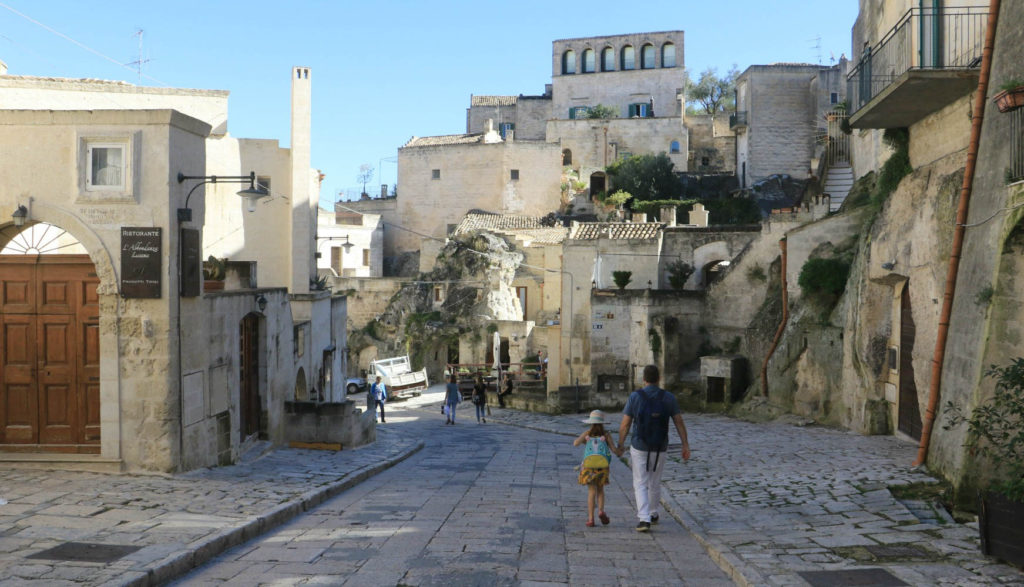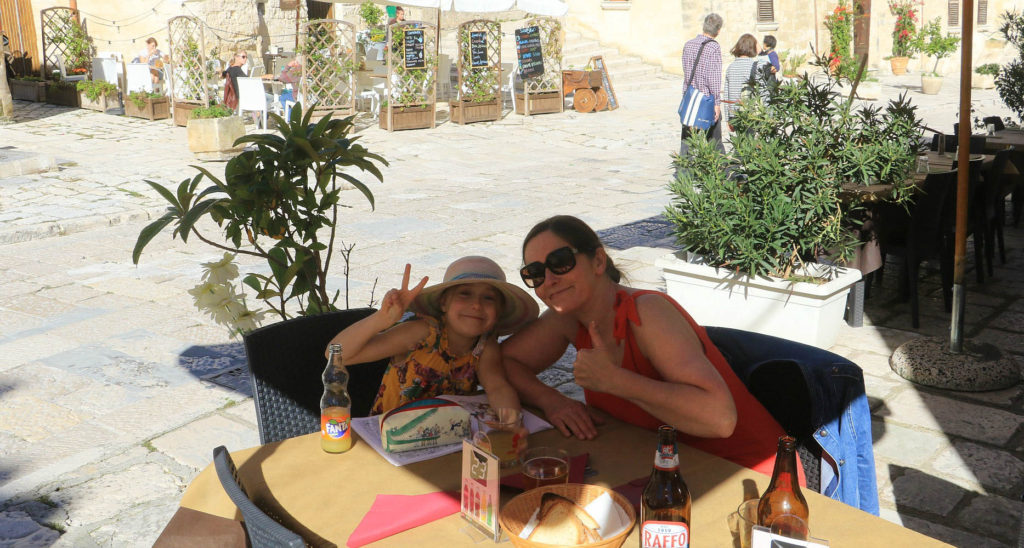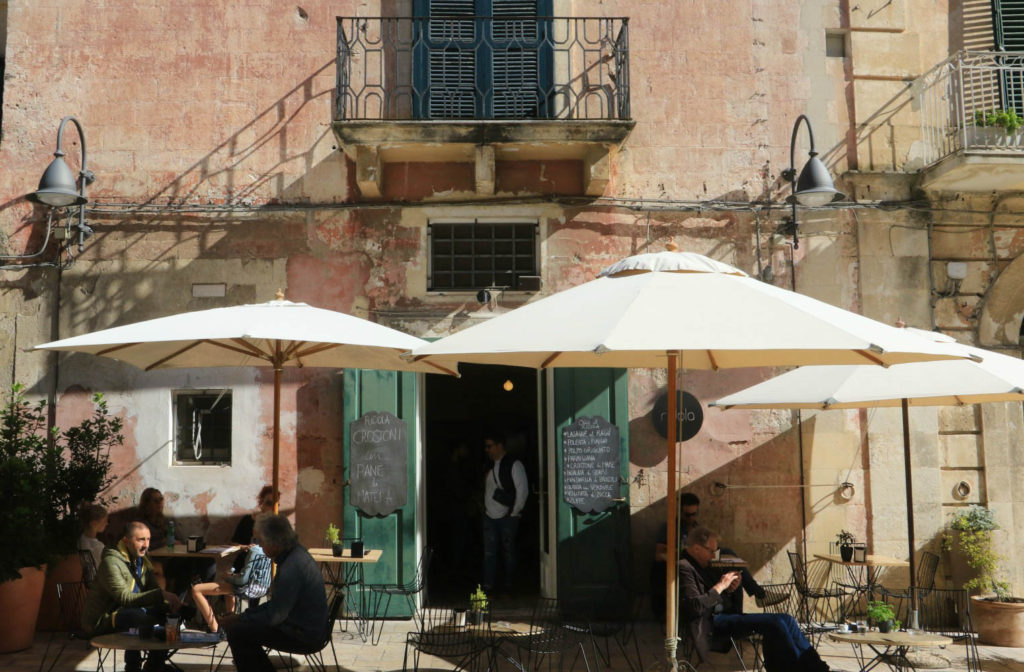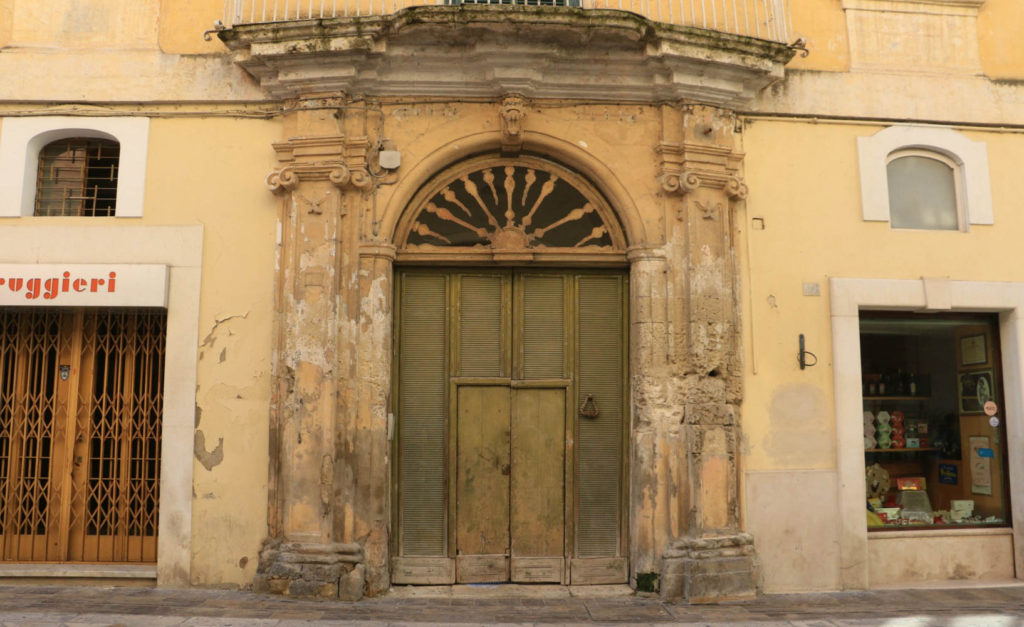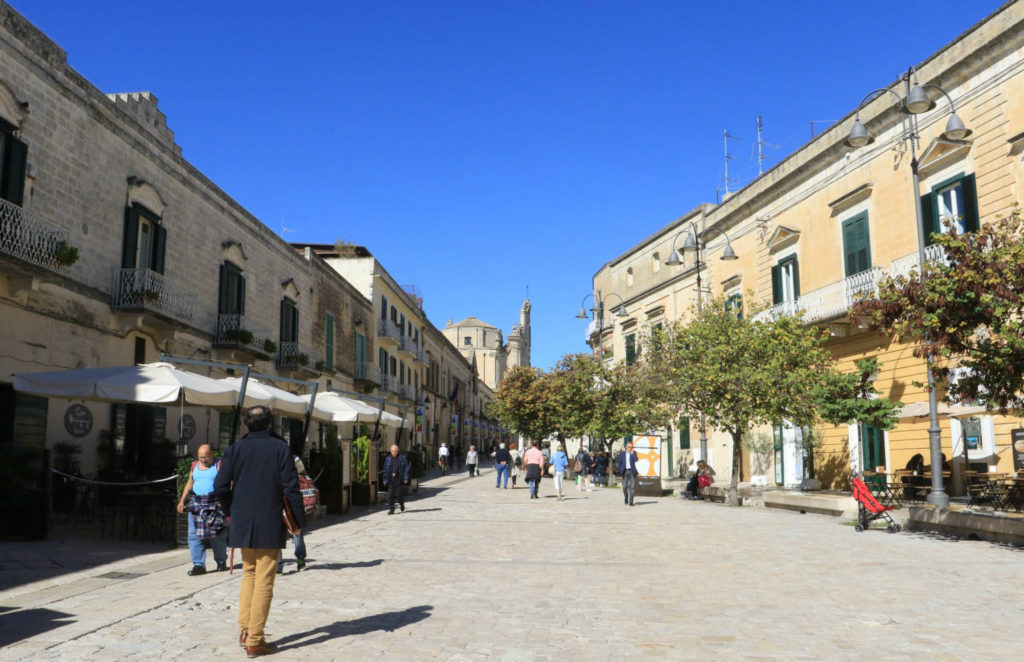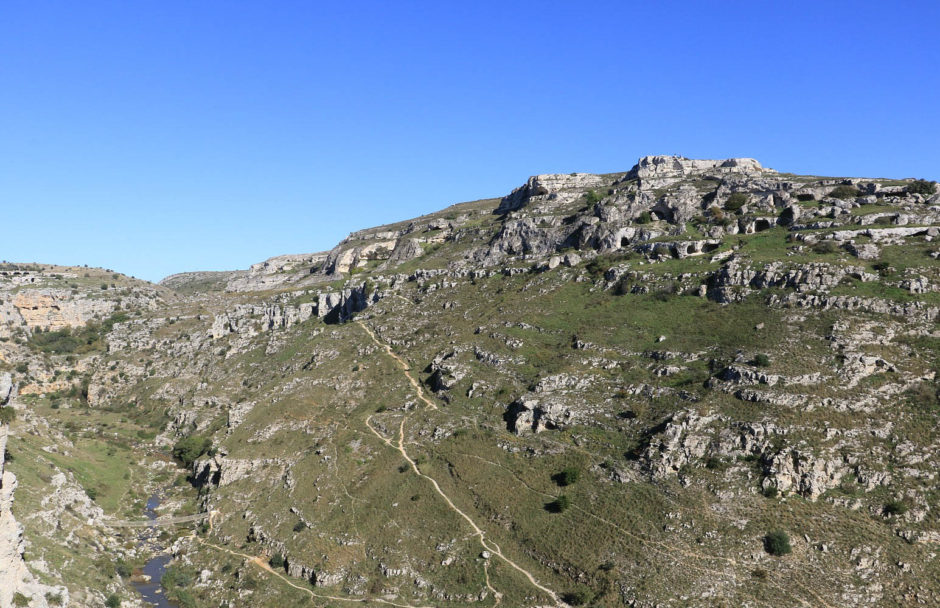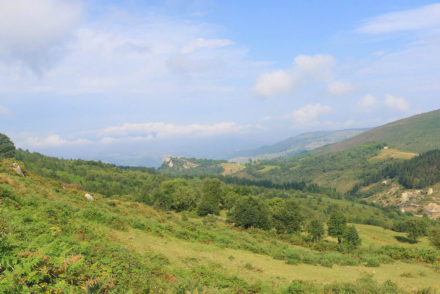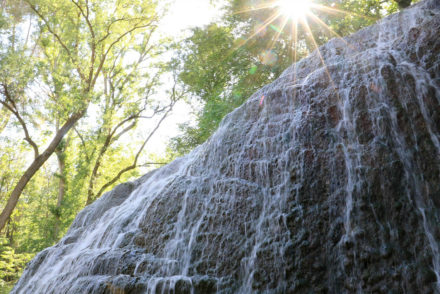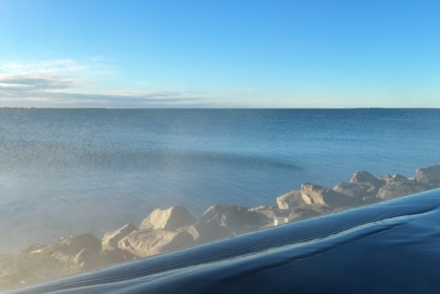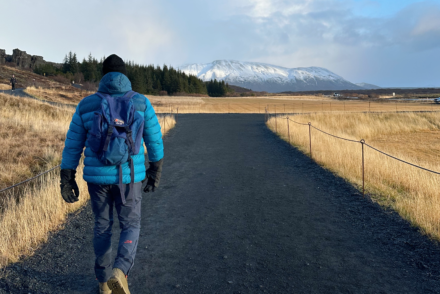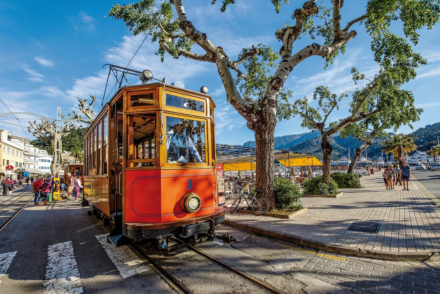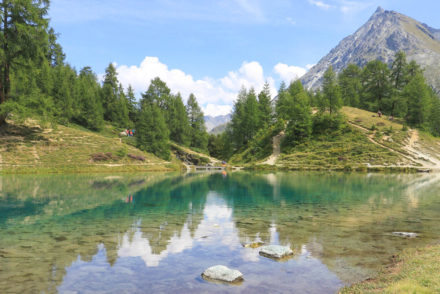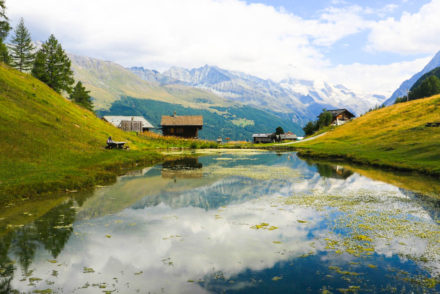Once regarded as the “shame of Italy”, Matera is not a destination we’re going to forget in a hurry. Situated in the Basilicata region in southern Italy, the labyrinth of cave-dwelling communes (the Sassi), breathtaking ravine and rock churches make it a truly memorable place to visit. Remarkably, the honeycomb of caves was inhabited by hundreds of families right up to the 1950’s when the inhabitants were moved by law into modern buildings on the plateau above. Today, Matera is no longer seen as the shame of Italy but a fascinating reminder of times gone by. Hardly surprising it was made a UNESCO World Heritage site in 1993 for being the most outstanding, intact example of a troglodyte settlement, perfectly adapted to its terrain and ecosystem. Mel Gibson’s The Passion of the Christ was also filmed in Matera.
How to get to Matera
By car
We had a car for our time in Puglia and we’d definitely recommend doing the same so you have that flexibility. Not only does being mobile give you the freedom to explore, but it’s also much easier with kids. It also meant seven-year-old POD could bring what she wanted. The nearest airport to Matera is Bari which is just over an hour’s drive (on the E843) from Matera – Ostuni (SS172, SS7) and Taranto (SS7) are a similar distance away. We stayed in a trullo near Casalini, not far from Cisternino, in the Valle D’Itria. It was a 3 hour trip for us to Matera and back but more than worth it.
By train or bus
If you don’t have a car, you can take a train or shuttle bus to Matera Centrale from Bari. Buses are available from Brindisi airport (154 kilometres) or Naples (300 kilometres). Trains also run from Metaponto (50 kilometres) and Ferrandina (30 kilometres) with the Italobus shuttle service available from Salerno. Check timetables before you go as trains tend not to run on public holidays.
Things to see and do
Matera, one of this year’s European Capitals of Culture, is situated on a rocky outcrop. The cave dwellings in the sassi area were evacuated in the 1950’s due to the poor conditions, some of which now house museums. Others have been renovated, turned into cave houses, hotels, B&B’s or restaurants. We would have stayed overnight had we had the time to do so. Casa Grotta di Vico Solitario is an absolute must-see if you’re in Matera as it provides a taste of what life must have been like. There are many things to do in Matera however, here is just a taste of what you can expect.
Discover Piazza Vittorio Veneto
Our walk from the Parcheggio Via Giuseppe Saraga car park in the new town took us past many a giant door towards Matera’s main square – Piazza Vittorio Veneto. It was previously known as Fountain Square because of the Ferdinandea Fountain monument which was created in 1832 to collect water from castle hill. Piazza Vittorio Veneto is dominated by Annunziata’s Palace which is home to the media library, provincial library and cinema. Located under the main square are a number of underground rooms and a cistern called Palombaro Lungo – some sections of which were built three thousand years ago. Had we had more time, we certainly would have checked out Battista Via Santa Cesarea which is not far from here.
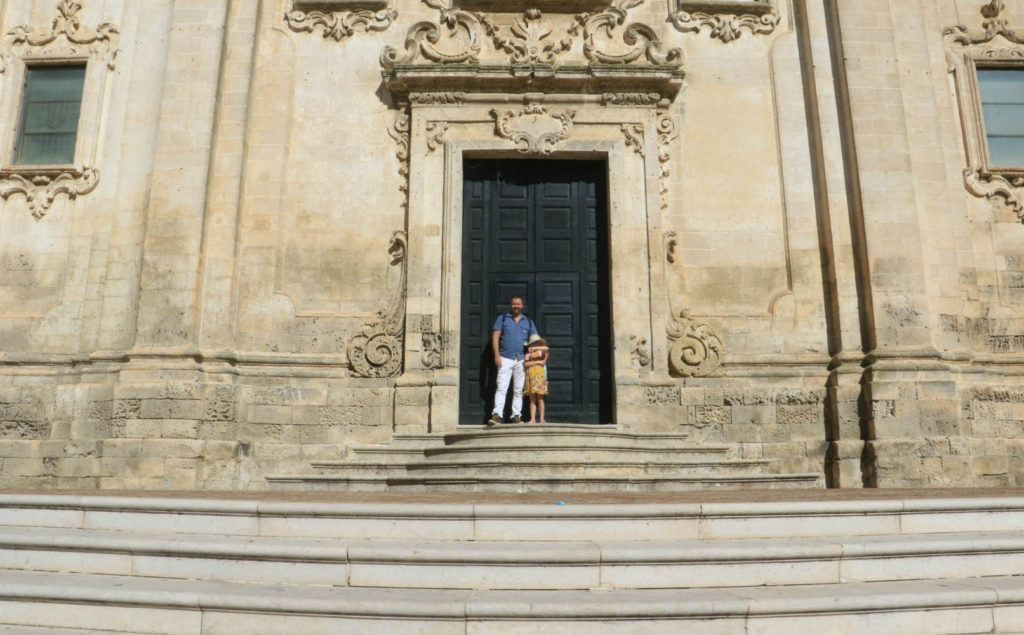
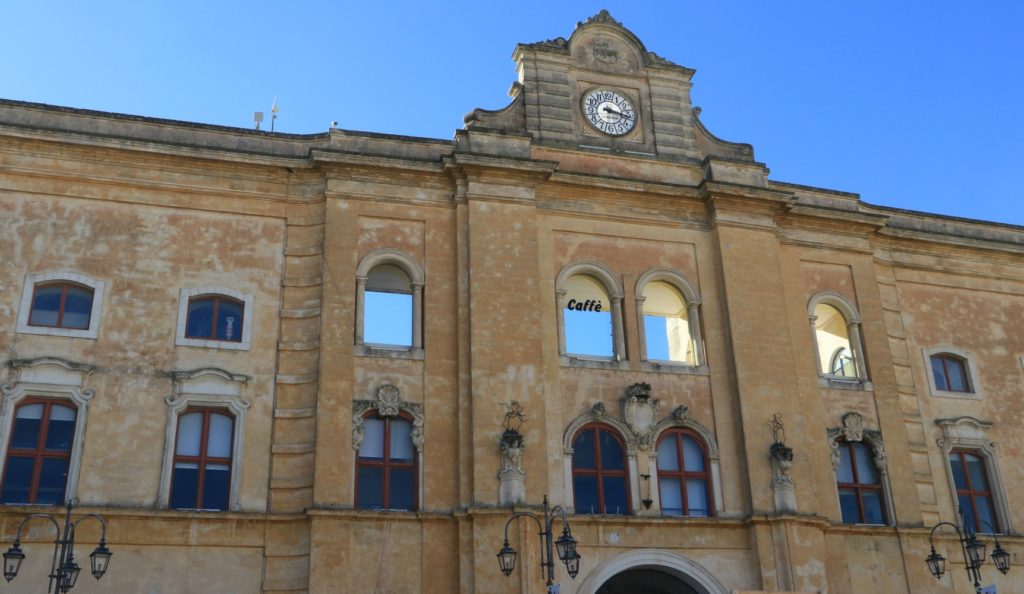
Admire Palazzo Lanfranchi
From Piazza Vittorio Veneto we headed towards the sassi with Palazzo Lanfranchi in front of us. Currently the Modern Art Museum of Basilicata, it houses a collection of work by Carlo Levi along with 17th and 18th century Neapolitan School oil paintings, wooden sculptures and paintings. Major art shows are held here regularly.
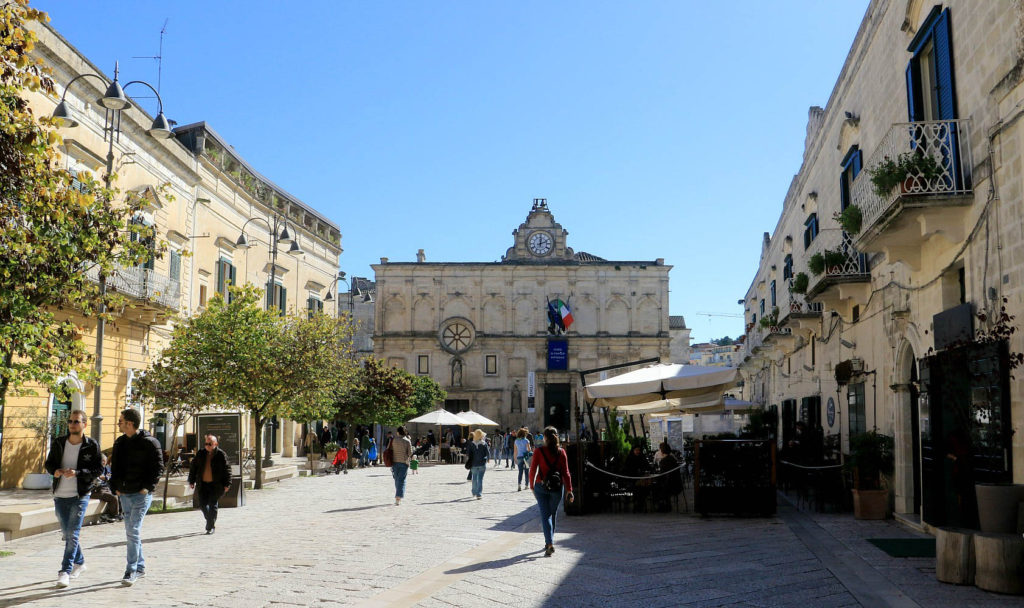
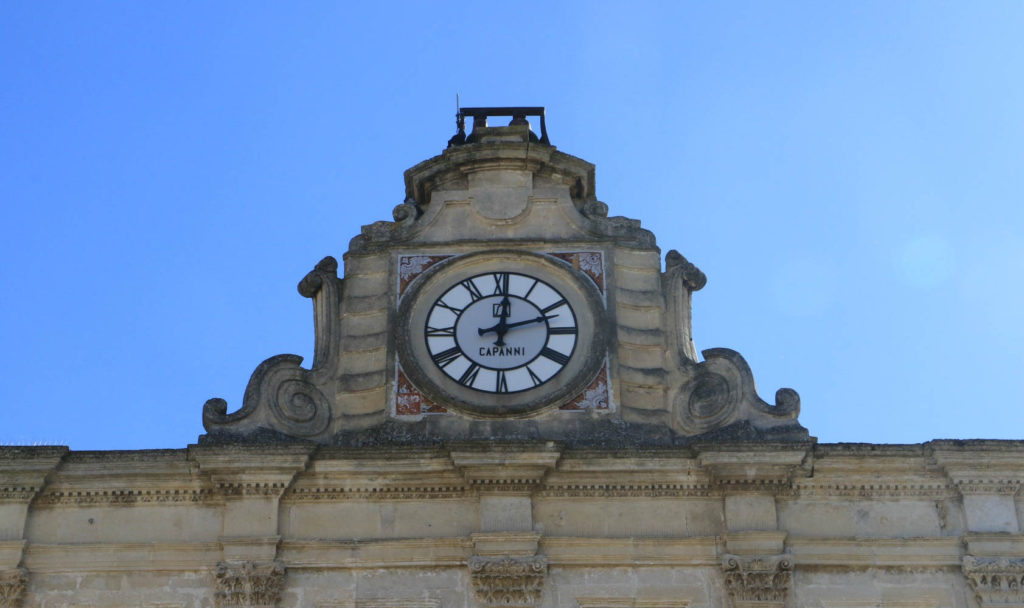
Capture the views
Our first view of Matera was just to the left of Via Ridola although there are many places you can admire the Sassi and surrounding area. The scenery is breathtaking and the further off the beaten track you go, the more rewarding the scenery is. From Piazza Pascoli you can take in Sasso Caveoso and in Piazza Duomo, you can see Sasso Barisano from in front of the cathedral. We ended up looking back towards the Madonna dell’Idris rock church which was simply spectacular.
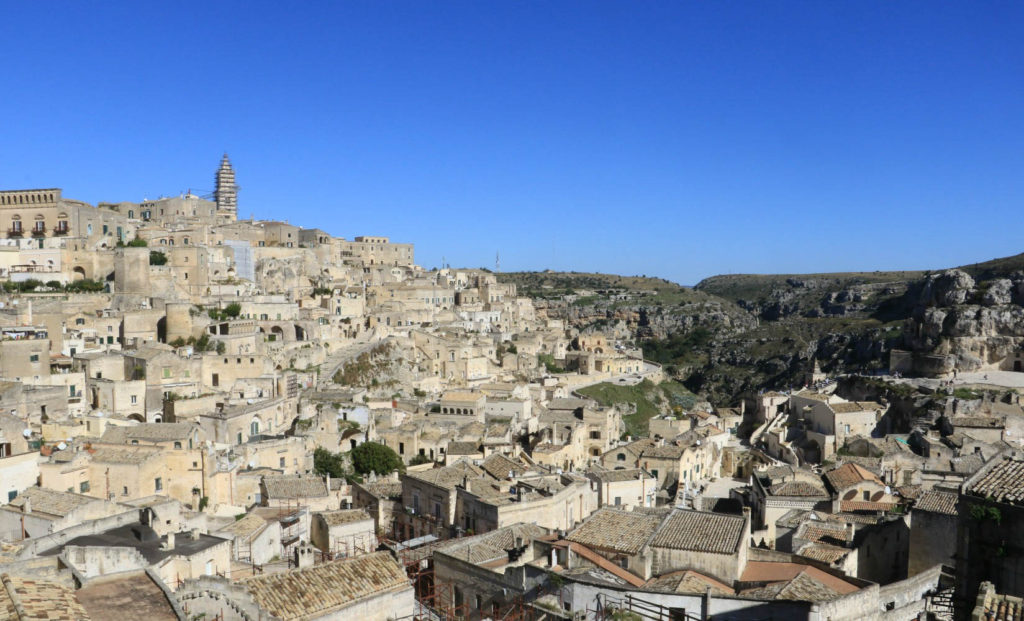
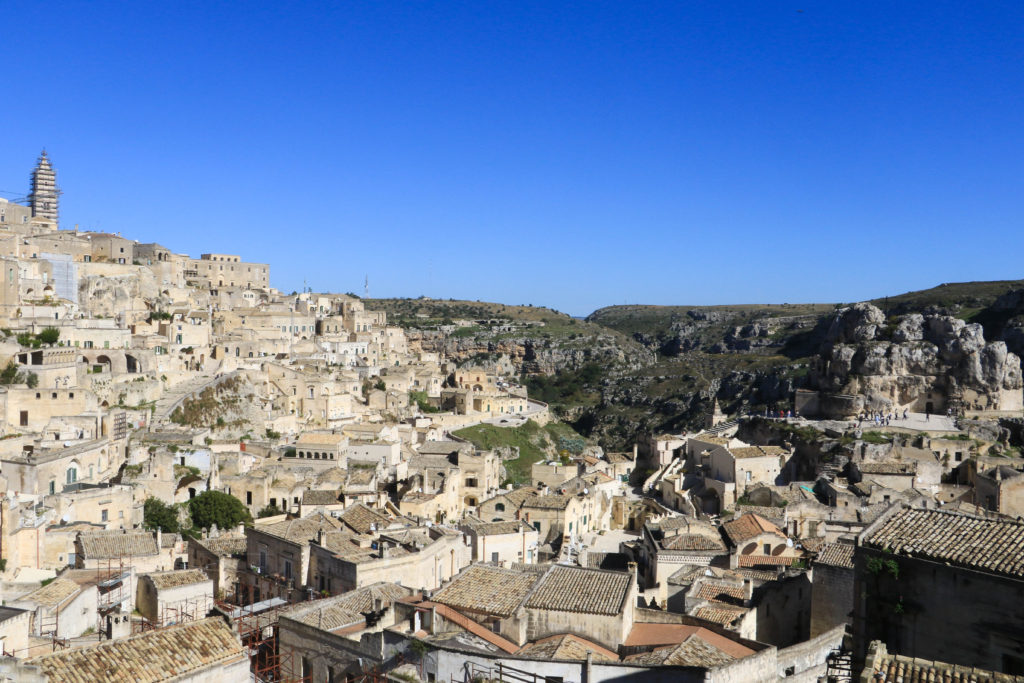
Visit Casa Grotta di Vico Solitario
It’s quite incredible to think the rocky slopes in the valley were dug out to create caves which were used for livestock and storage as well as a family home. The cave areas were where the peasants of Matera lived, Sasso Barisano being smarter than Sasso Caveoso. Located near the Church of St Peter Caveoso is Casa Grotta di Vico Solitario. It’s designed to show visitors to Matera how the cave dwellers lived. Cut out to form one room, there’s a small kitchen with the main room furnished with period furnishings, tools & artefacts. There was little light, the pretend horse a stark reminder that this cramped space was shared with animals. We spent some time in this area, it’s a lot to take in and a reason on its own to visit Matera.
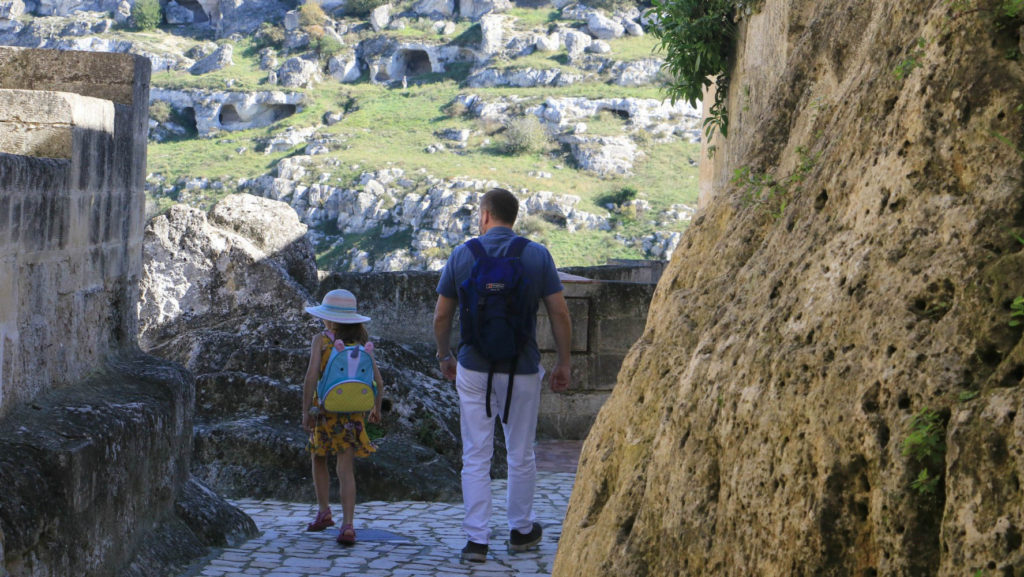
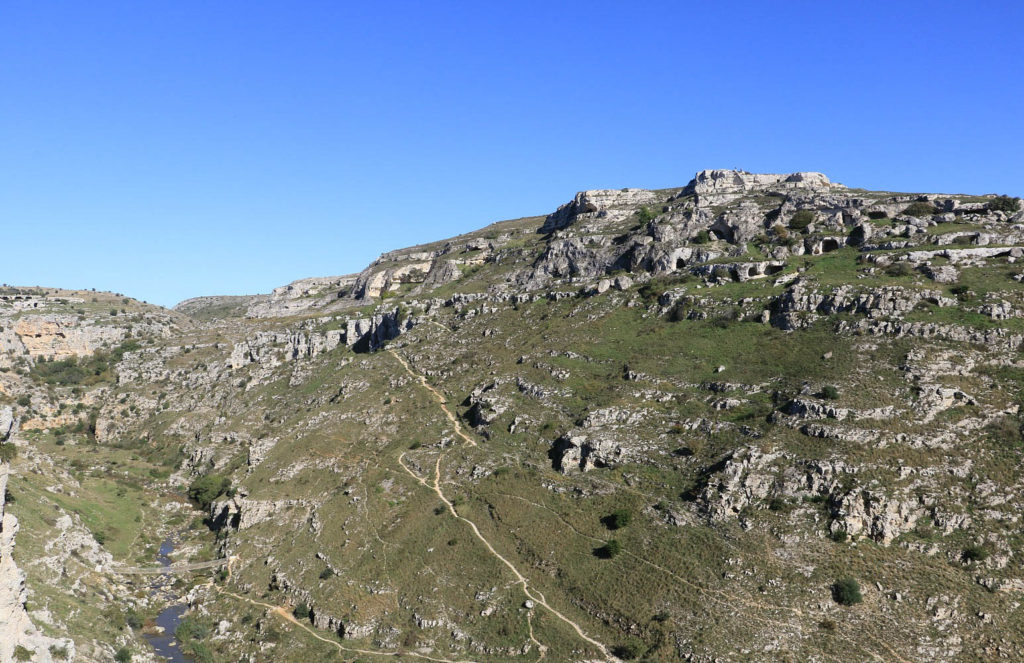
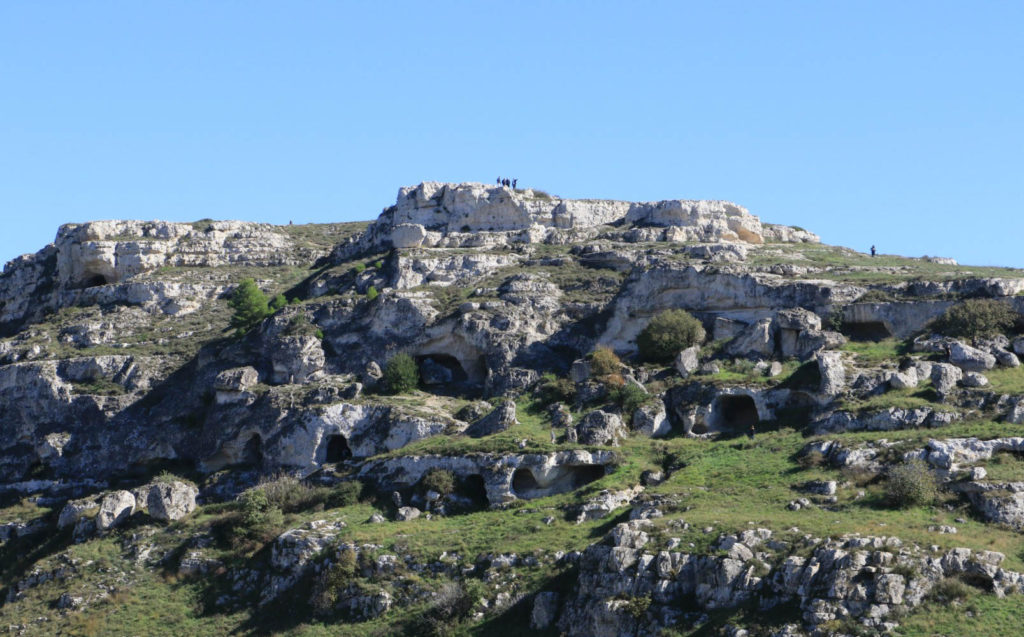
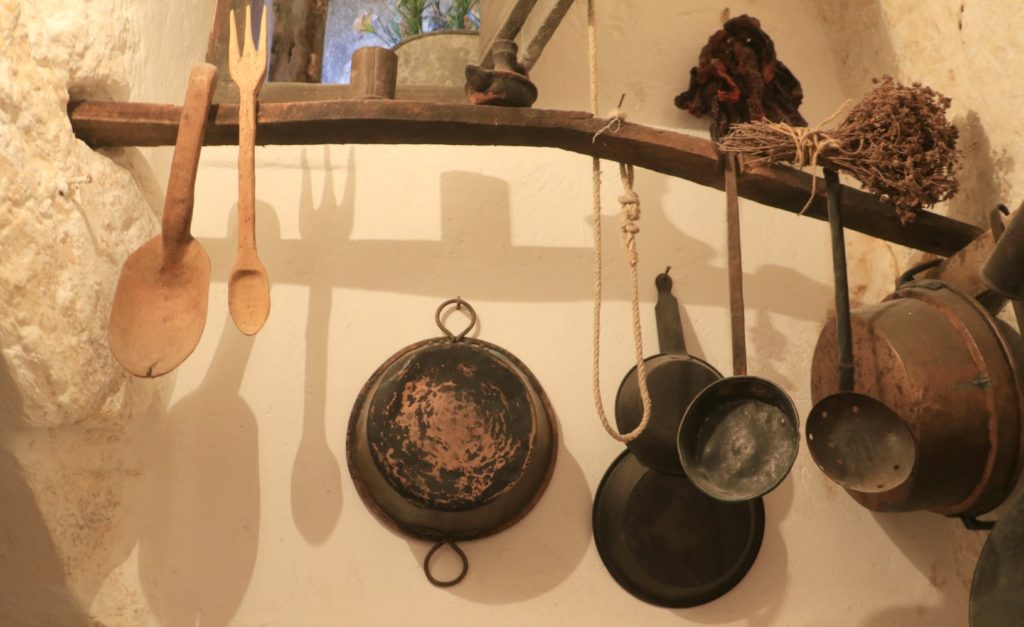
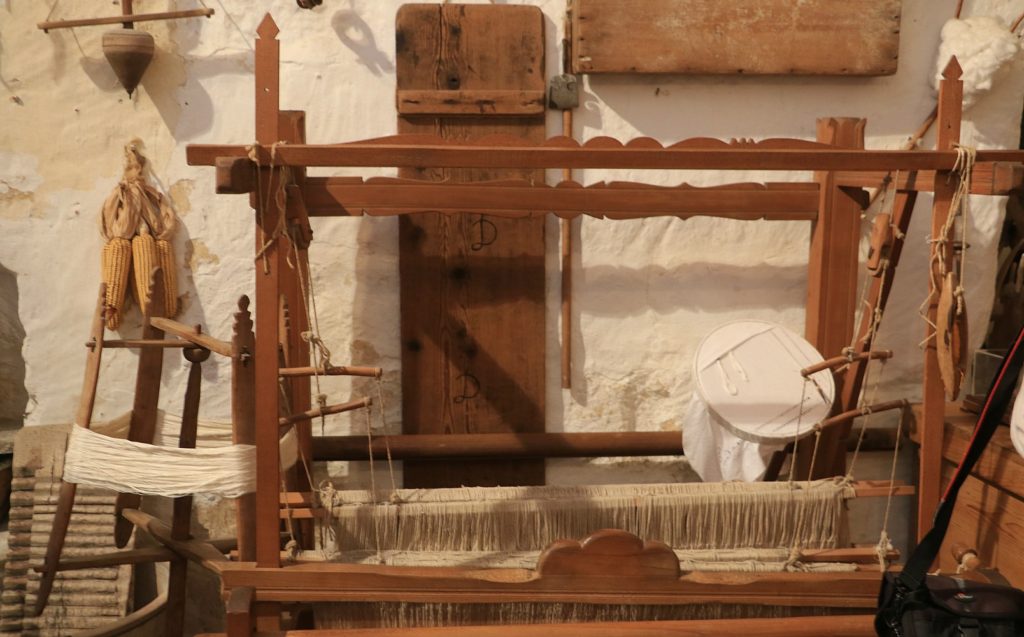
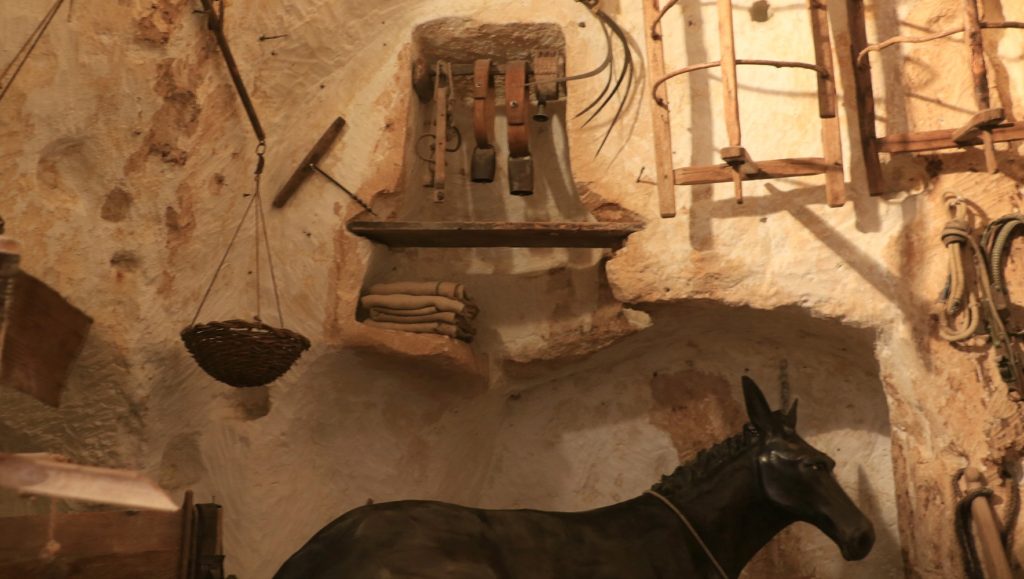
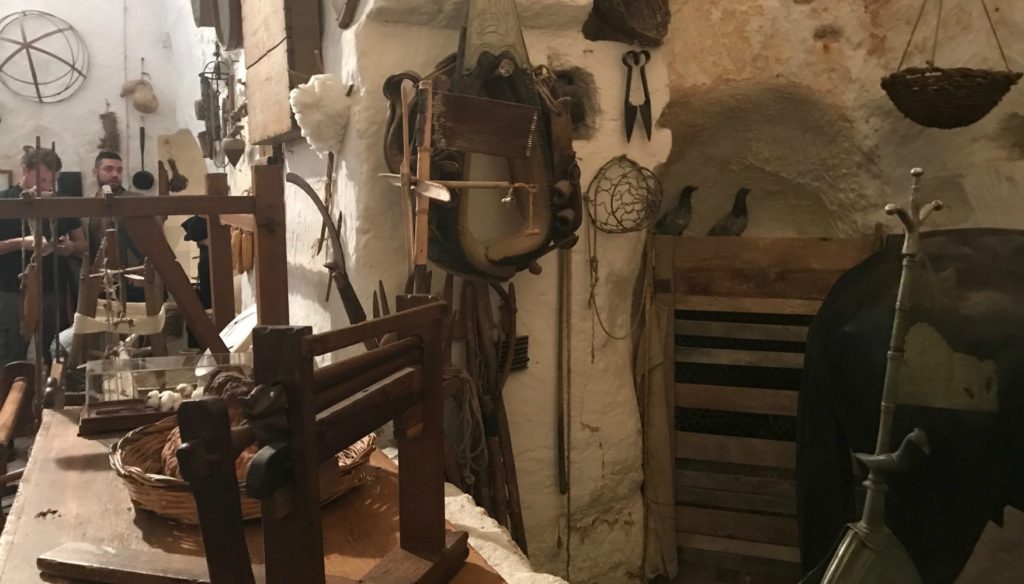
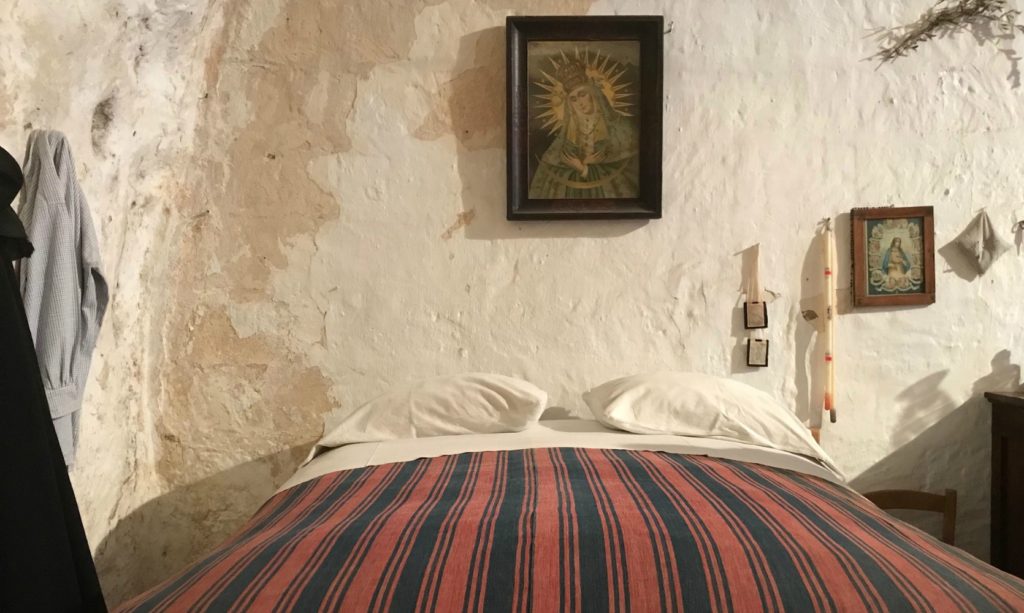
Wander the cobbled streets
The best way to get a feel for Matera, is by foot. There are cobbled alleyways, lanes and winding stairs to explore – some of which are even abandoned. Having visited the Sassi beforehand, the route we took saw us head across the breathtaking ravine (The Gravina) and venture upward. With seven-year-old POD in tow, we adopted a fairly relaxed pace but veering off the beaten track enabled us to see another side of Matera away from the crowds. Spending time wandering the streets made us appreciate this incredible town even more and we got to take in views of the sassi from above.
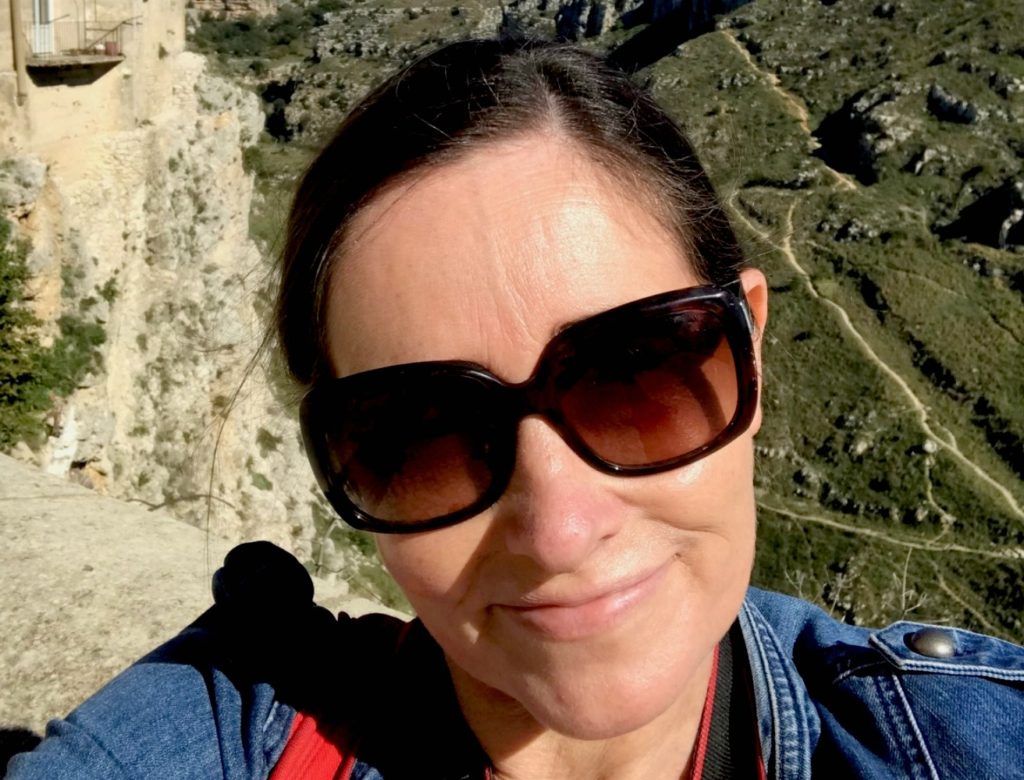
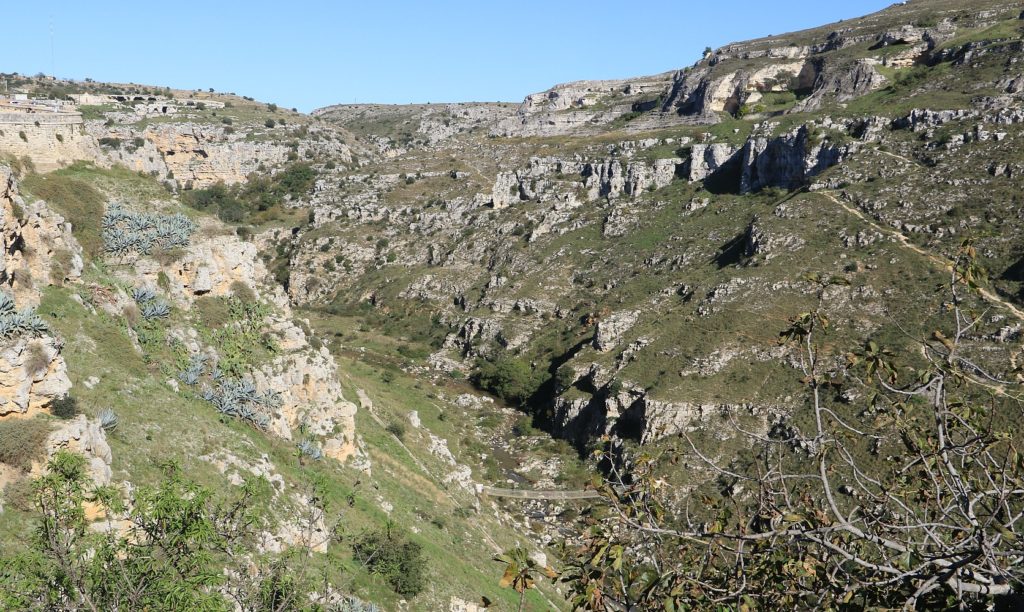
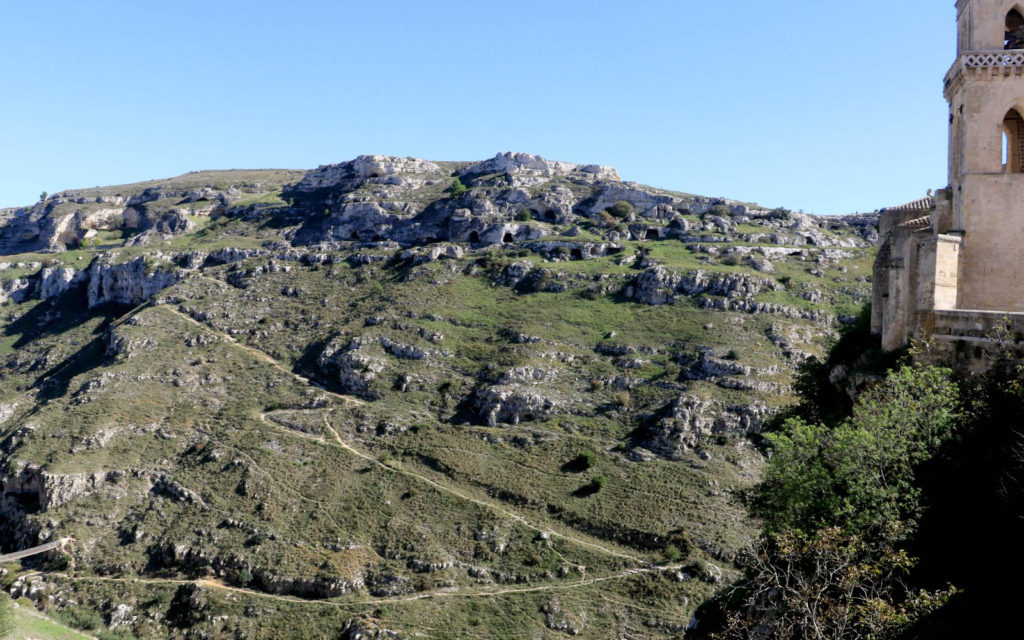
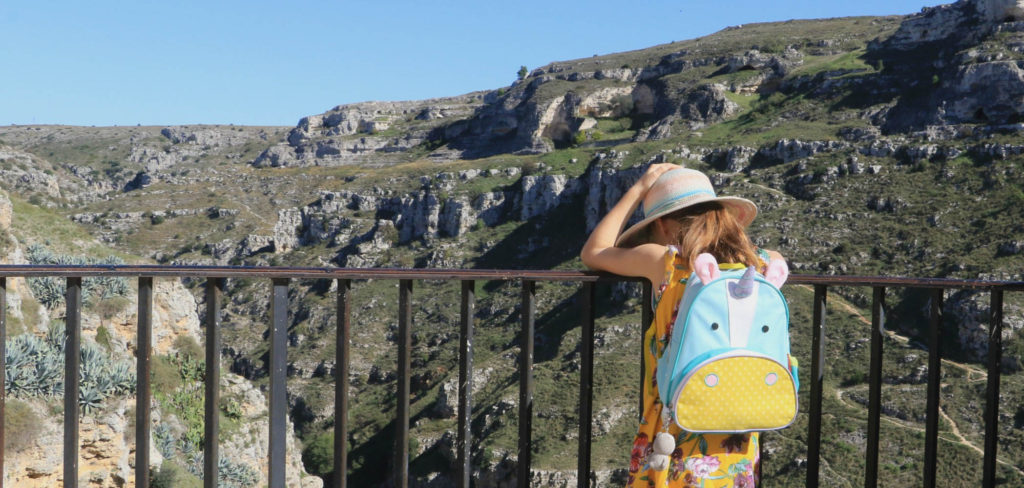
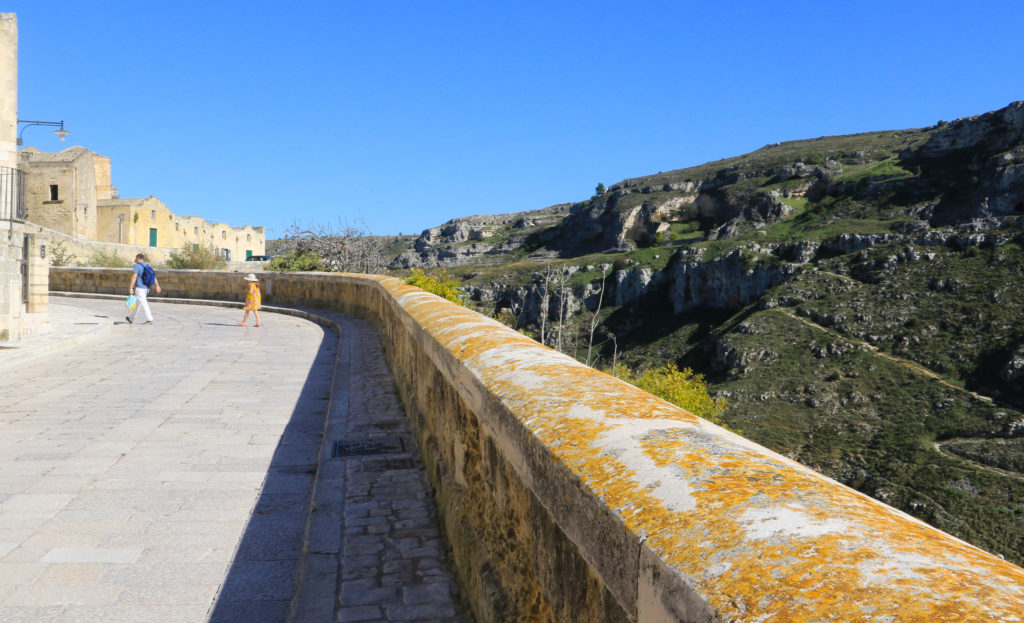
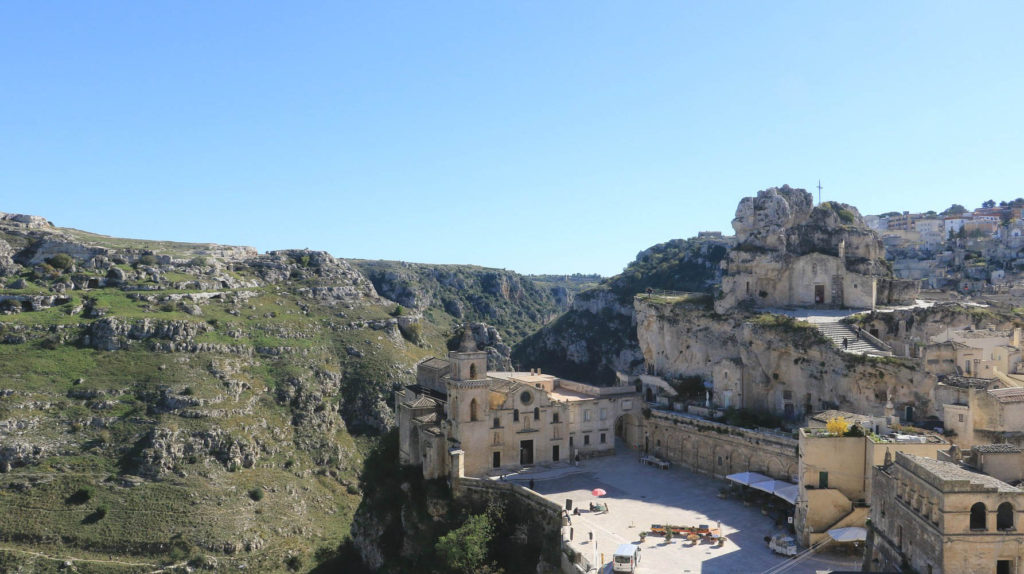
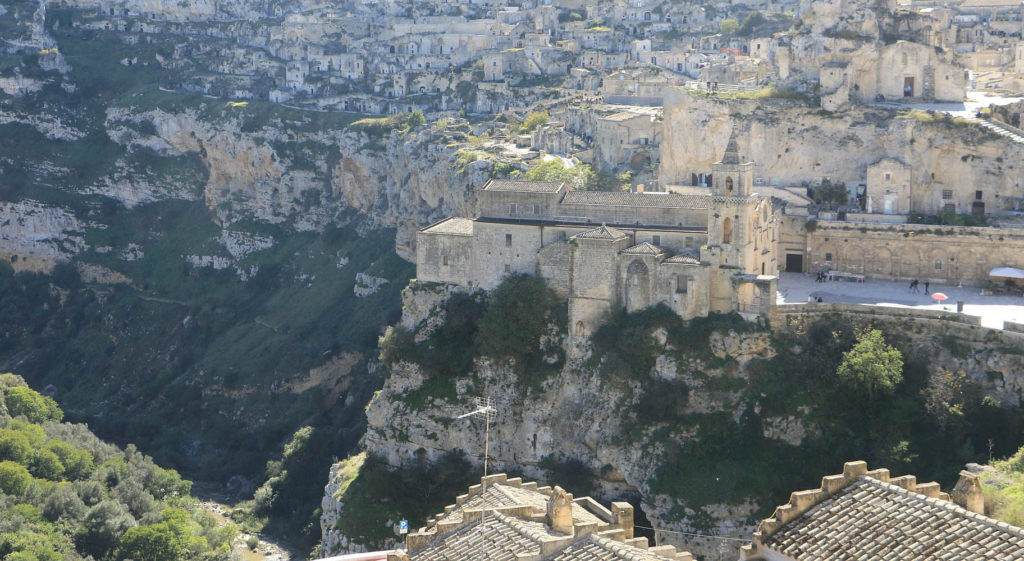
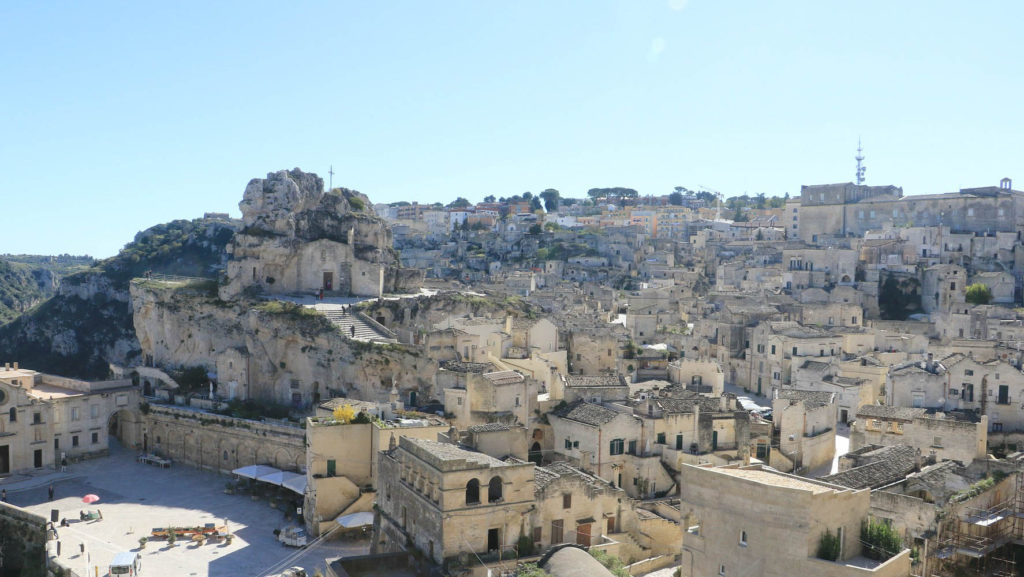
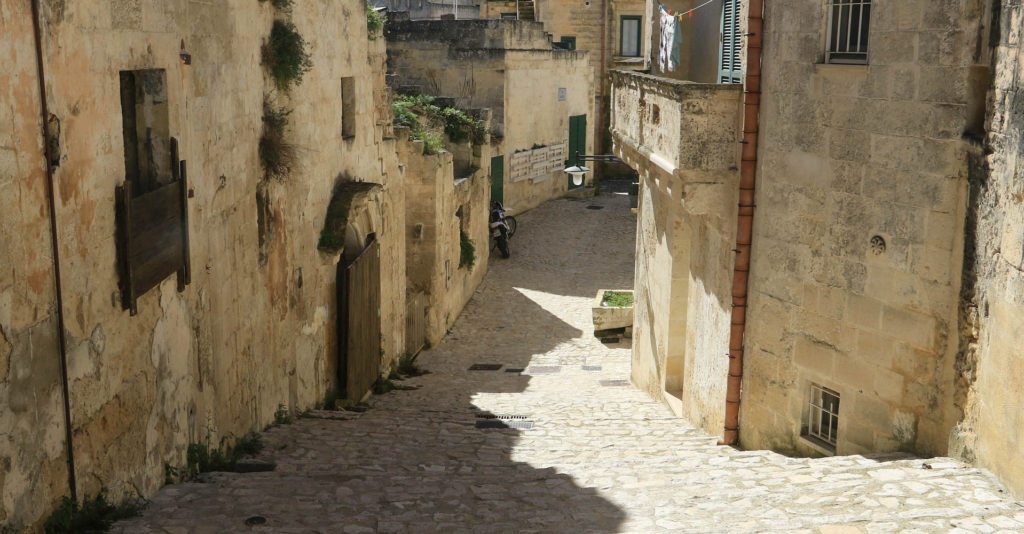
Appreciate the Rupestrian churches
There are many churches cut out of the rock in Matera, and indeed across this part of Southern Italy. These rock churches, or Rupestrian churches, were mostly created by monks during the 8th and 9th centuries and often have faded frescoes. Although not a rock church, San Pietro Caveoso is worth a visit due to its idyllic spot on the edge of the ravine. Madonna de Idris is a rock church with a small bell tower situated in the crag above. The other chiese rupestri is San Giovanni which dates back to the middle ages. It’s normal for churches to be closed for a few hours during the day so worth checking opening times, especially if in Matera off-peak.
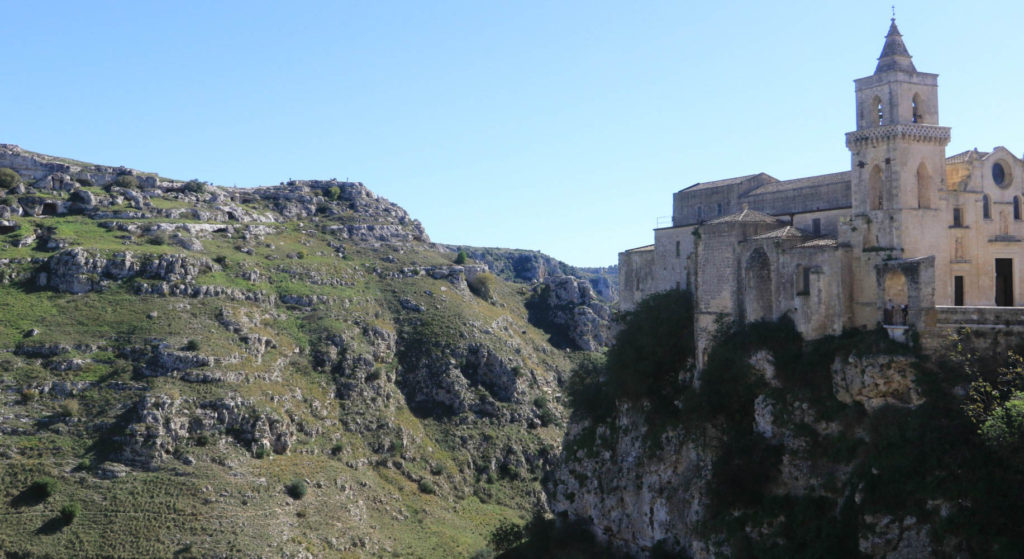
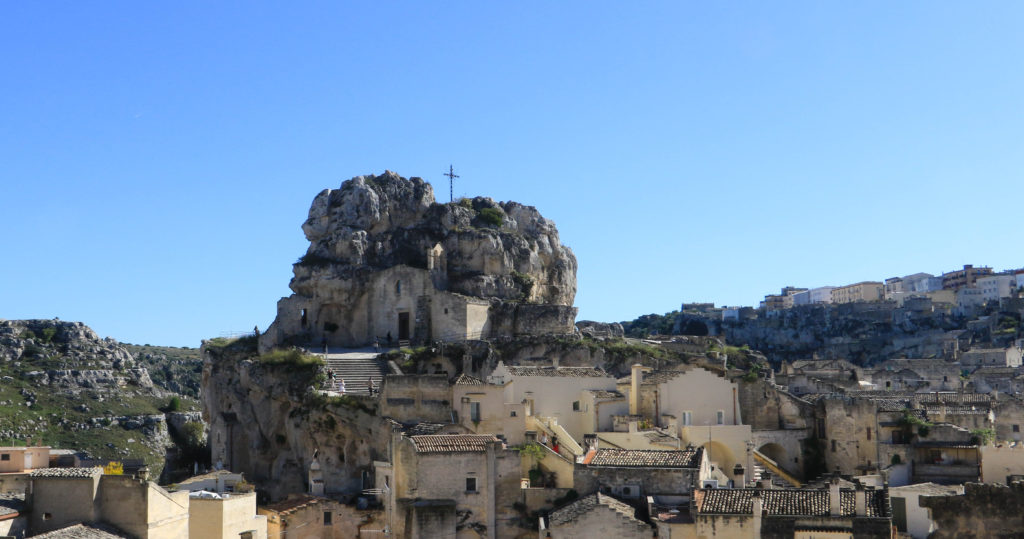
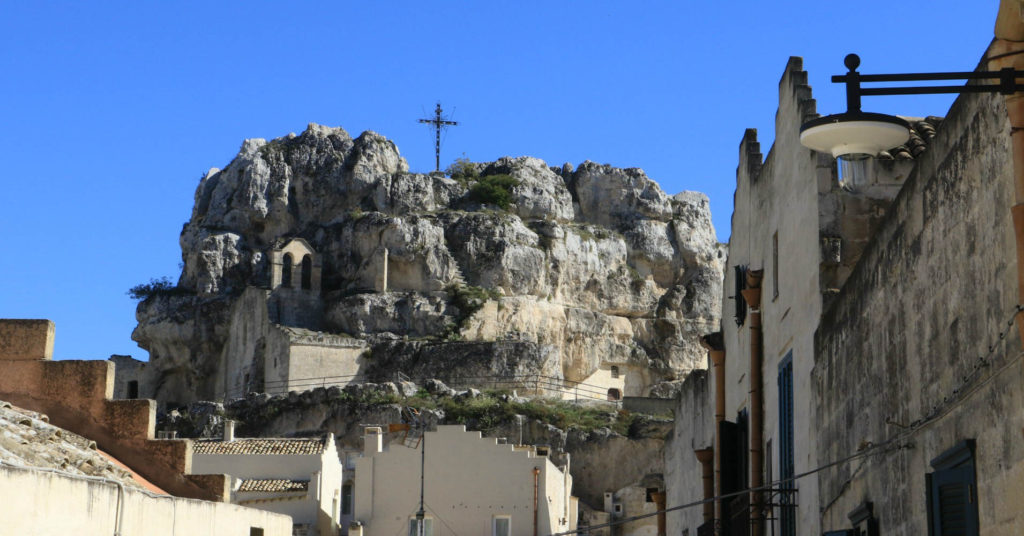
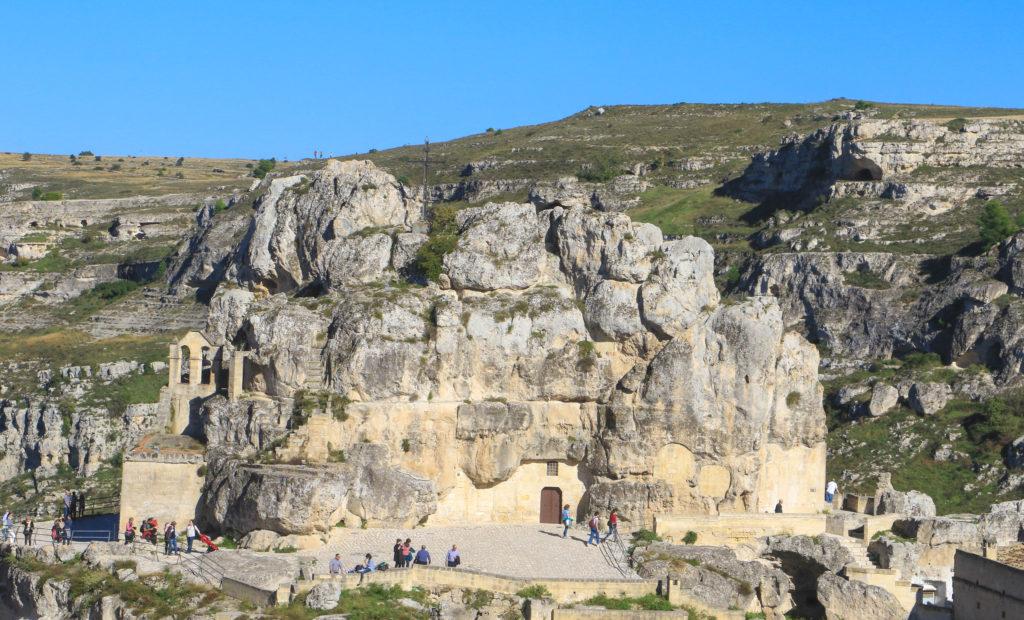
Soak up the atmosphere
Finally, when in Italy it’s always customary to soak up the atmosphere with an obligatory cold drink, pasta and an ice-cream isn’t it? Having spent a while exploring the Sassi and discovering what Matera had to offer, we took some time out watching the world go by before heading back to the Valle D’Itria. The only regret? Wishing we’d been able to spend more than a day in Matera. Then again, it gives us a good reason to go back.
